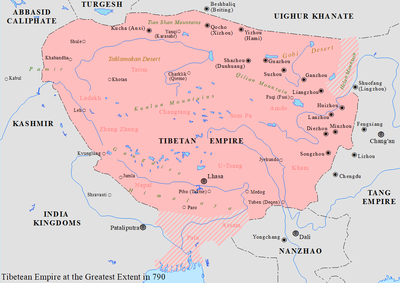
The epicenter was located in Tingri County, approximately 75 kilometers northeast of Mount Everest and near the city of Shigatse, a significant cultural and religious hub in Tibet. This region is seismically active due to the collision of the Indian and Eurasian tectonic plates, which has historically led to significant seismic events.
The earthquake caused substantial structural damage, with over 1,000 houses reported collapsed in Tingri County. Rescue operations are underway, with more than 1,500 personnel deployed to search for survivors amid the debris. Emergency services are facing challenges due to the area's high altitude, averaging about 4,200 meters, and subzero temperatures, which complicate relief efforts.
Tremors from the quake were felt beyond China's borders, reaching Nepal, Bhutan, and parts of India. In Nepal's capital, Kathmandu, residents experienced the shaking, prompting many to evacuate buildings in alarm. However, no immediate reports of casualties or significant damage have emerged from Nepal. In India, the northern states, including Bihar, reported feeling the tremors, leading to temporary disruptions and evacuations as a precautionary measure.
The region has a history of seismic activity. In 2015, a devastating earthquake in Nepal resulted in nearly 9,000 deaths and widespread destruction. The current earthquake's impact is still being assessed, with aftershocks posing ongoing risks to both survivors and rescue teams.
Chinese President Xi Jinping has called for comprehensive search and rescue operations to minimize casualties and ensure the safety of residents. The Chinese air force has been mobilized to deliver aid, including deploying drones to assess damage in the affected areas. Local authorities have initiated emergency response protocols, focusing on providing shelter and medical care to those displaced by the disaster.
The earthquake's effects on infrastructure, including roads and communication networks, are being evaluated. Preliminary reports indicate disruptions in power and water supplies in the affected regions, further complicating rescue and relief efforts. Authorities are working to restore essential services and provide support to the impacted communities.
Seismologists note that the Himalayan region's tectonic activity makes it prone to earthquakes. The collision between the Indian and Eurasian plates continues to generate significant geological stress, leading to periodic seismic events. Residents in the broader region are advised to remain vigilant and prepared for potential aftershocks.
